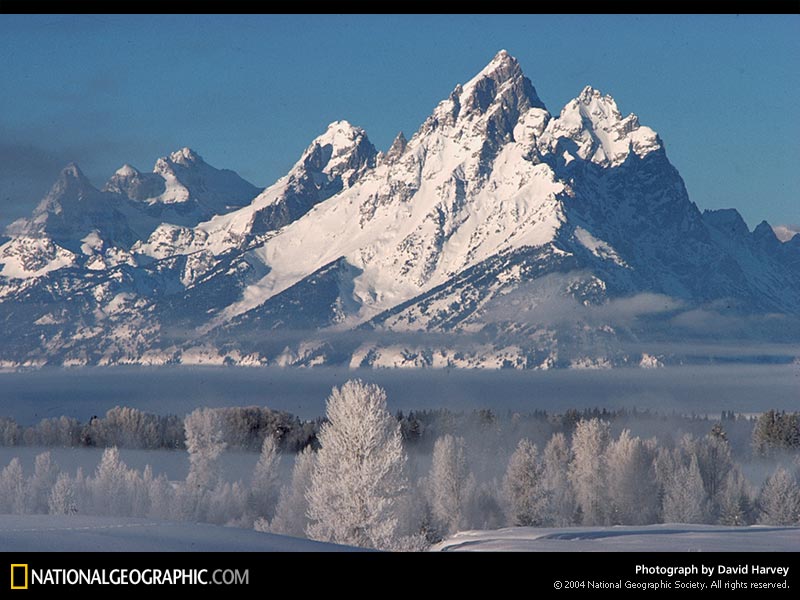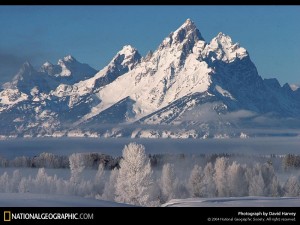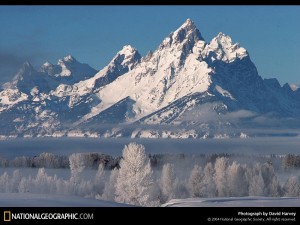LINK BACK TO OUR WEBSITE TO SEE THE CURRENT ISSUE: www.wyolifestyle.com
Many have heard of the recent incident in Yellowstone Park — here is a link to an ABC News report…
http://abcnews.go.com/US/grizzly-bear-kills-hiker-yellowstone-national-park/story?id=14014264
Many are weighing in on the incident, its implications and importance for safety. Grand Teton National Park announced the following program on July 5, which we found slightly ironic but so important. Not only is preparing yourself important, but so is protecting our natural environment for these wild animals. Be sure to be prepared whenever you journey into our Wyoming wilderness, and always remember that animals in the wild are just that — wild.
From Grand Teton National Park (National Park Service, US Dept of the Interior):
Grand Teton National Park Supports Bear Spray Recycle Program
Grand Teton National Park is proud to announce its participation in a new sustainability effort that recycles a specialized item commonly used in bear country: bear spray. In coordination, with other federal partners at Yellowstone National Park, the National Elk Refuge and surrounding national forests, Grand Teton recently placed collection bins at several locations to gather unwanted bear spray canisters and prepare them for recycling.
Millions of people visit the Greater Yellowstone Area each year, and thousands of bear spray canisters—used and unused—are disposed of in trash containers because they are not allowed on commercial flights, or visitors no longer have a need for the spray after they leave the area. These bear spray canisters enter the waste stream, causing a serious environmental concern. In addition, waste disposal workers are exposed to accidental discharge of pepper-laced propellant at disposal sites. To correct this problem, a new recycling center was established this year in Yellowstone.
The effort to curb the growing number of bear spray canisters in landfills emerged two years ago, when Yellowstone park managers and the Wyoming Department of Environmental Quality agreed that a recycling project could resolve this issue. The solution came from three Montana State University (MSU) engineering students who designed a machine that removes the pepper oil and propellant before it crushes the canister. The recycling unit is able to extract all contents through a filtering process that safely separates the ingredients. The empty canisters are then punctured, flattened and sold to any recycling center as high quality aluminum.
Using the principles that were developed by the MSU students, a Montana-based manufacturing firm produced the first-of-its-kind canister recycling unit. The recycling unit, located at Mammoth in Yellowstone, began operating this spring. To fund manufacture of the specialized unit, donations were secured from the Greater Yellowstone Area business community.
“As National Park Service employees, we have a responsibility to be on the forefront of sustainable environmental practices, and we’re proud to join our federal partners in this recycling effort: an effort that has positive impacts across the Greater Yellowstone Area,” said Superintendent Mary Gibson Scott. “Grand Teton park personnel will take the lead in transporting canisters from collection sites within the greater Jackson area to the specialized recycling unit located in Yellowstone.”
Collection sites within Grand Teton National Park include: Colter Bay Visitor Center, Colter Bay Cabins, Jackson Lake Lodge, Jenny Lake Ranger Station, Jenny Lake Visitor Center, Gros Ventre Campground, Signal Mountain Lodge, and the Craig Thomas Discovery Visitor Center. Collection sites are also located at the Jackson Hole & Greater Yellowstone Visitor Center at the National Elk Refuge and Teton County Recycling at 3270 South Adams Canyon Road. In addition, collection sites are located at several private businesses, and at the Jackson Hole Airport beginning July 15.
Yellowstone is accepting bear spray canisters at most hotels, stores and at all park entrances.



